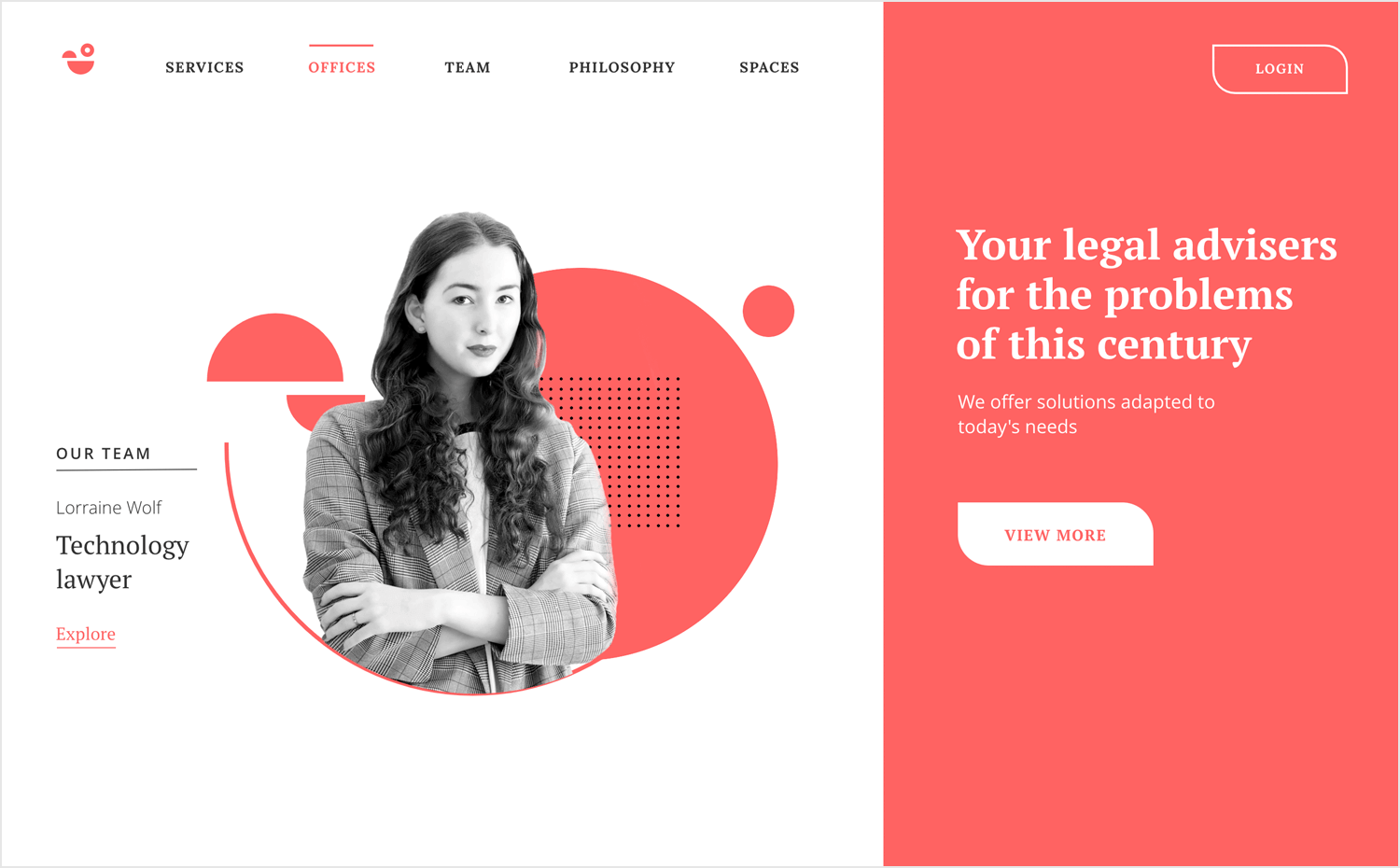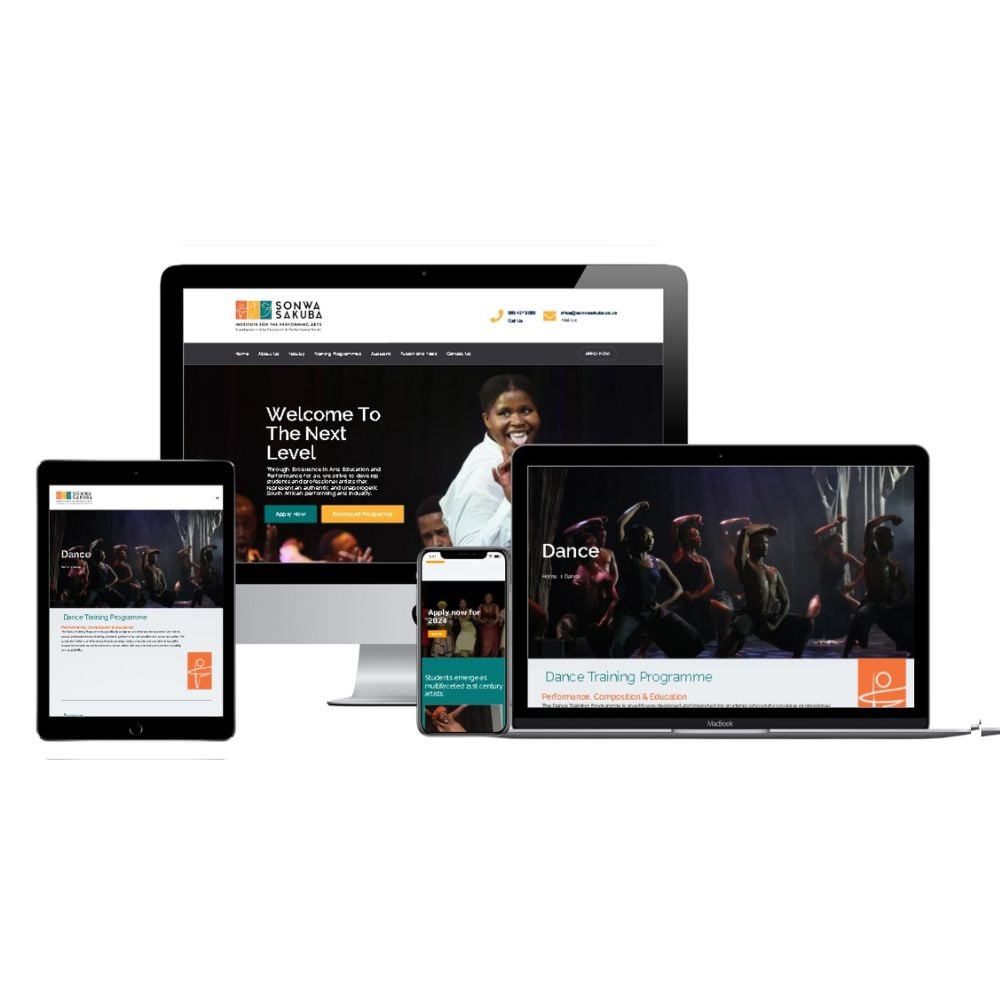Professional Website Design for Businesses Looking to Increase Conversions
Professional Website Design for Businesses Looking to Increase Conversions
Blog Article
Top Tips for Creating an Impactful Website Design That Converts
To accomplish this, one need to take into consideration a variety of elements, including comprehending the target audience, focusing on user experience, and enhancing for mobile platforms. The critical use of compelling call-to-actions and a well-defined visual hierarchy plays a critical function in leading individuals via their trip.

Understand Your Target Market
Recognizing your target market is fundamental to effective website design, as it prepares for creating an engaging user experience. Determining who your individuals are, including their demographics, choices, and habits, allows designers to tailor the website's web content, design, and capability to satisfy specific requirements.
Conducting complete marketing research is essential in this procedure. Studies, meetings, and analytics can supply valuable insights into customer assumptions and pain factors. By compiling this data, designers can produce customer identities that stand for various segments of the audience, guaranteeing that layout decisions are informed and appropriate.
Furthermore, comprehending the target market helps in choosing suitable style components such as color design, typography, and imagery that reverberate with users. A site that talks straight to its target market cultivates a sense of link and count on, urging longer brows through and higher conversion prices.
Inevitably, a user-centered method to website layout not just improves customer complete satisfaction however also sustains business purposes by driving interaction and loyalty. By focusing on the needs and choices of the target market, a web site can efficiently serve its purpose and accomplish wanted outcomes.
Prioritize Customer Experience
To boost the general performance of an internet site, prioritizing user experience (UX) is essential (Website Design). A properly designed UX guarantees that visitors can navigate the website easily, locate information quickly, and involve with material meaningfully. This results in raised user contentment and higher conversion rates
Begin by applying intuitive navigating. Menus needs to be logically structured, allowing customers to find essential locations of the website with marginal effort. Consistency in design components, such as color pattern and font styles, fosters knowledge, which is vital for maintaining user involvement.
Additionally, think about the loading speed of your website. A delay of just a few secs can cause substantial drop-offs, as individuals are much less likely to wait for a slow-loading page. Simplifying photos and enhancing code can boost performance and preserve visitors.
By focusing on user experience, you not just create an extra delightful atmosphere for site visitors however also reinforce your brand's reliability. Ultimately, a focus on UX is a financial investment in the long-lasting success of your internet site.
Maximize for Mobile Tools
Optimizing for smart phones is essential in today's electronic landscape, where a boosting number of individuals gain access to websites through smartphones and tablets. A mobile-friendly design not only boosts individual experience however additionally plays a considerable a fantastic read duty in Web Site improving online search engine positions. To achieve this, it is crucial to adopt a responsive design that immediately gets used to different display sizes and orientations.

Loading rate is one more crucial element; mobile customers are typically less individual and expect fast access to information. Enhance pictures and take advantage of browser caching to enhance performance. Lastly, examination your site on several tools and screen resolutions to recognize and correct any type of possible use problems. By prioritizing mobile optimization, you guarantee that your site stays competitive and properly involves a more comprehensive target market.
Use Engaging Call-to-Actions
A site's efficiency frequently rests on its capacity to guide visitors toward desired activities, making compelling call-to-actions (CTAs) crucial components of style. CTAs work as the critical points that direct customers to involve with the website, whether that suggests purchasing, authorizing up for a newsletter, or downloading and install a source.
To create efficient CTAs, quality is critical. Usage succinct language that plainly interacts the activity you want the user to take.
In addition, think about utilizing directional signs, such as arrows or images, to assist customers towards these buttons. By concentrating on these components, organizations can dramatically boost user engagement, driving conversions and inevitably attaining their site's goals.
Focus on Visual Power Structure
Effective website style relies heavily on a well-structured aesthetic power structure that guides individuals via material seamlessly. By arranging components in a fashion that focuses on information, designers can improve user experience you could try this out and facilitate decision-making. This entails using dimension, color, contrast, and spacing strategically to attract attention to one of the most crucial components of a web page.
Making use of larger fonts for headings and subheadings develops a clear difference between different areas, permitting users to scan material effortlessly. Additionally, employing different colors for switches and calls-to-action can record customer focus and urge interaction. Whitespace is an additional crucial part; it avoids clutter and allows users to focus on essential messages without interruptions.
Images and graphics need to enhance the text while also adhering to the recognized hierarchy, enhancing the total message (Website Design). Consistency in style elements, such as shade schemes and typography, more reinforces the visual power structure, making navigation user-friendly

Verdict
In conclusion, efficient site style requires a detailed understanding of the target audience, prioritization of user experience, and mobile optimization. Eventually, a well-executed web site layout offers as an important component in driving user activities and achieving company objectives.
Report this page